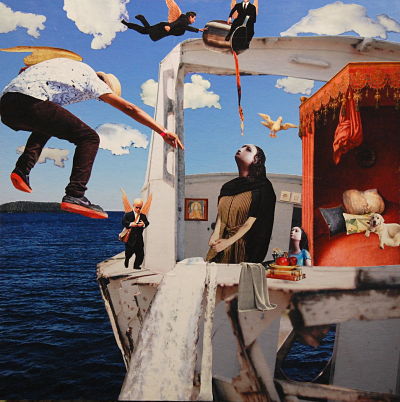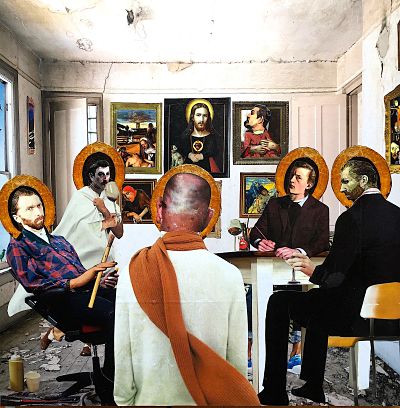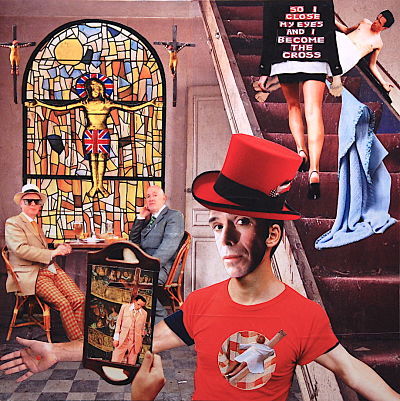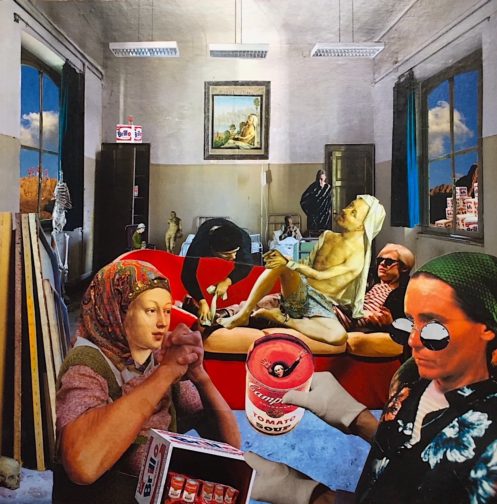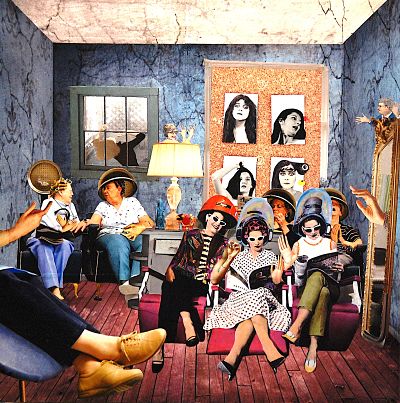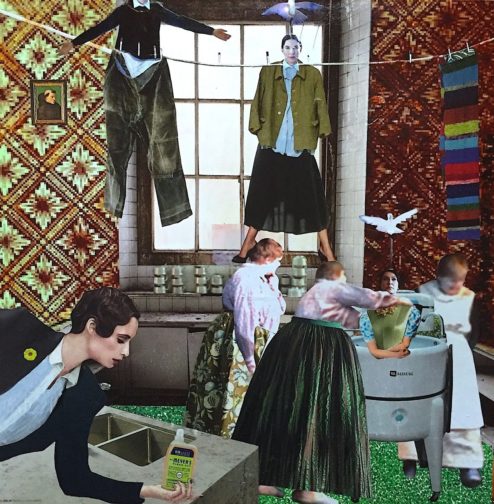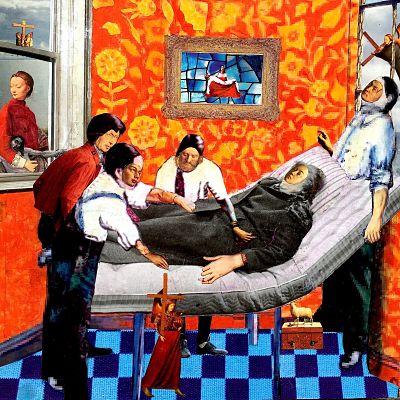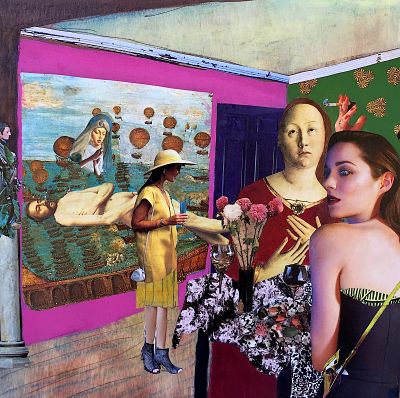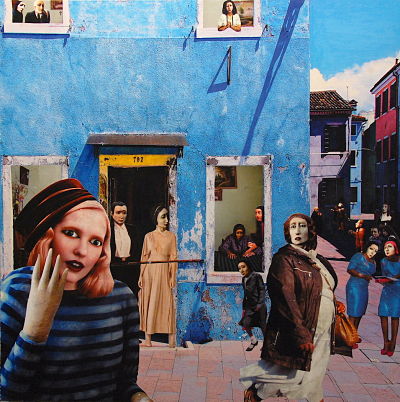
So Where is This Divine Miranda and Her Divinely Apathetic Athambic Aphasic Partner?
April 2018. Samuel Beckett has little confidence in language. In Texts for Nothing #11: ‘No, nothing is nameable, tell, no, nothing can be told, what then, I don’t know.’ Still, he writes, his language often a kind of nervous breakdown. Take that of his character Lucky in Waiting for Godot. Ordered to speak Lucky begins:
‘Given the existence of a personal God quaquaquaqua with white beard quaquaquaqua outside time without extension who from the heights of divine apathia divine athambia divine aphasia loves us dearly with some exceptions for reasons unknown but time will tell and suffers like the divine Miranda with those who for reasons unknown but time will tell are plunged in torment plunged in fire.’ Etc.
It’s rather disjointed. This language. This image of God. On the one hand, a benevolent white-bearded grandfather. On the other, a being who, if he exists, does not care and cannot be made to care although if he does care, it is only for some, the rest plunged in torment.
Torment is something Ana Maria Pacheco, a Brazilian born sculptor, is acquainted with. Her installation Shadow of the Wanderer embodies it. Hers are the refugees, the fleeing, the fearful. The god-forsaken.
I’ve used some of these faces. They’re haunting. Anxious. There’s a sense of something pending. Pacheco speaks of hope. Perhaps. The figures exhibited in the Norwich Cathedral and seen against a backdrop of stained glass might suggest as much. But the faces never soften. Never relax. Beckett faces. If they’re waiting, hoping for deliverance, it’s with more fear than faith.
The thing about waiting. It’s not really anything. Just time passing while one is in the grip. Moment after small moment subsumed into that big awaited thing. For Pacheco’s characters there’s only waiting. For Beckett’s Vladimir and Estragon there are at least a few distractions, Lucky being one of them.
The thing about the awaited. Well…if Godot is a no-show and the mysterious Miranda remains in the shadows, what then? It’s back to the waiting. And how long does the waiting go on? How long is long enough? What happens to all that waiting? And finally, when the show is dismantled, the curtain down, what is there to be said about all this?
God doesn’t say.
Perhaps he doesn’t trust language any more than Beckett does.
Beckett doesn’t say.
Miranda: ‘It’s been such fun….or has it?’
Lucky: ‘Alas alas abandoned unfinished. Unfinished.’
Godot: ‘I won’t come this evening but surely tomorrow.’
Estragon: ‘Well, shall we go?’
Vladimir: ‘Yes, let’s go.’
Turns out there’s not much to be said. Certainly not much that has been said. We simply have to let it go. Abandon the unfortunate Lucky. Shift our gaze away from the faces of the Wanderers. The last words belong to Estragon and Vladimir:
‘Let’s go.’ ‘We can’t.’ ‘Why not?’ ‘We’re waiting for Godot.’
